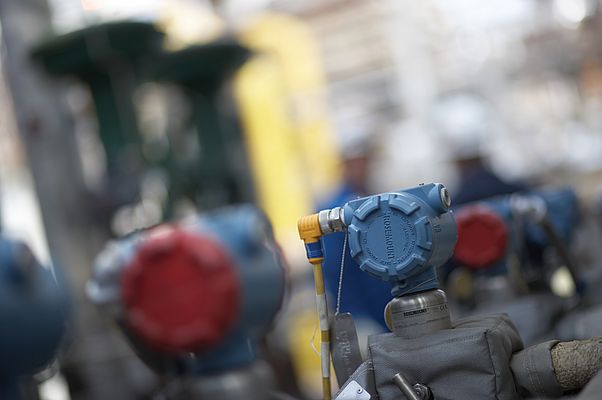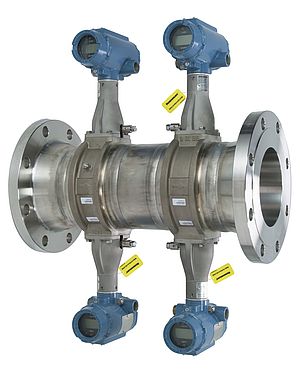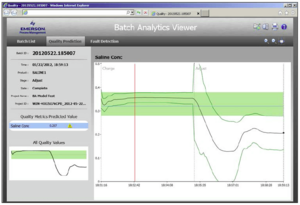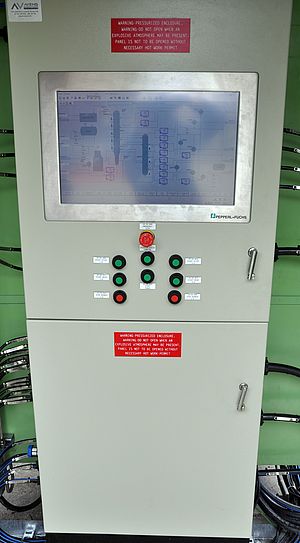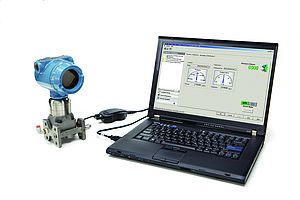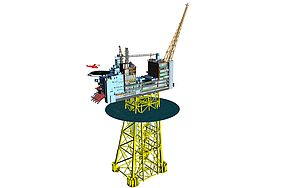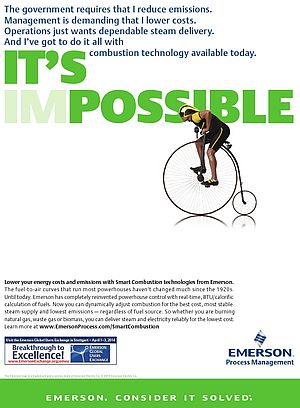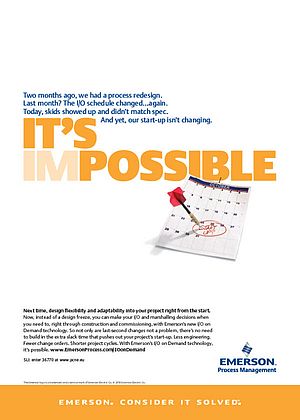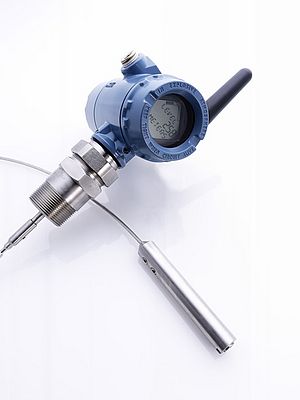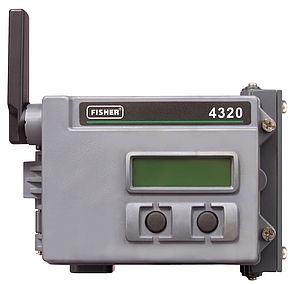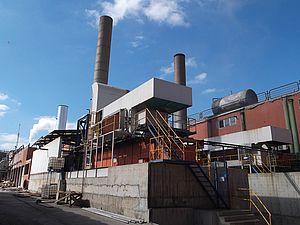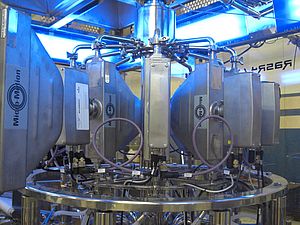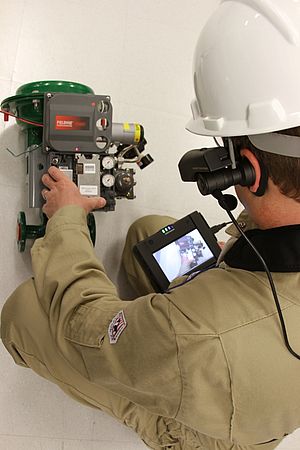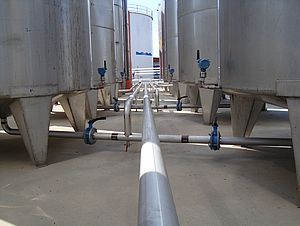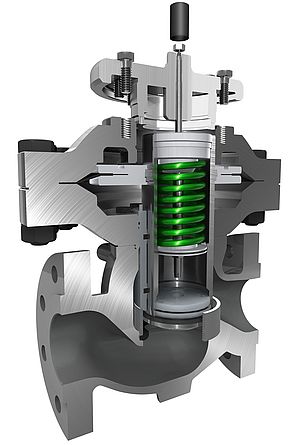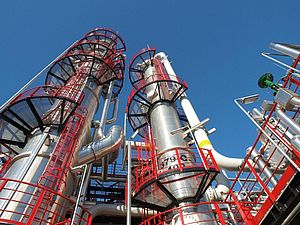FOUNDATION fieldbus technology enables field instruments and other devices to execute control functions. However, many end users currently do not consider the application of control in the field, preferring the established method of control algorithms running in a DCS processor.
Single-loop control provides high levels of plant reliability because in the event of a field device or control valve failure, only one control loop will be affected, which may not compromise production. The broad-based implementation of DCS systems within the process industry has generally moved away from this control structure and can lead to a situation where a single point of failure could potentially cause several loops to stop working correctly, interrupting production. Embedded control functionality in field devices is one of the key enablers for achieving high process availability and a stepping stone towards single loop integrity.
What differentiates FOUNDATION fieldbus (FF) from Profibus-PA and HART is the function block structure that is incorporated within the device. One of the standard function blocks offers control functionality that enables users to implement Control-in-the-Field (CIF). This enables control to be performed locally by a field instrument or other device without requiring the data to be transmitted back to a central Distributed Control System (DCS) or Programmable Logic Controller (PLC).
Increased availability
By applying control at the device level, control is truly distributed and there is no single point of failure in the system. Should perhaps an HMI fail and the operator is unable to visualise the process, this would normally force the process to be stopped. Unplanned events such as these can be extremely costly if production has to be halted. By implementing control-in-the field an HMI error does not effect production. The control loop, including intelligent field devices, actuators and positioners, and the network, remain unaffected. Production continues whilst maintenance is performed. In applications where control still resides in the DCS, field level control functionality can add another level of redundancy to the network. Many users have already managed to avoid unplanned downtime when field level control has taken over.
Customer experience
A good example of this can be found at the Shin-Etsu chemical plant in The Netherlands. At this facility the interface card in the DCS failed, which meant communication between the devices was no longer taking place. Instead of needing to shut down the plant, the Control-in-the-Field functionality of FF enabled direct communication between measurement devices and valves. This meant Shin-Etsu could continue operating while the DCS issue was being resolved, with no need for a costly shutdown. A spokesperson for Shin-Etsu explained that the “Inherent backup capability of FOUNDATION fieldbus’ Control-in-the-Field prevented two potential plant shutdowns, which would have resulted from the interruption in communications.”
Greater reliability
A terrifying statistic from ARC Advisory Group in 2010 revealed that the global process industry loses $20 billion, or five percent of annual production, due to unscheduled downtime and poor quality. In a study by safety consultant Edward Marszal that compared an analogue system with FF with Control-in-the-Field, the first thing that was noted was the use of fewer components and diagnostics when adopting Control-in-the-Field. Fewer parts means less to go wrong. Analysing the components used in each system and all of the possible issues arising with both systems, the study found that there is far more scope for failure in the analogue system, accounting for the huge difference in mean time to failure statistics: just under 16 years for the analogue system, versus 48.2 years for FOUNDATION fieldbus with Control in-the-Field. This demonstrates that Control-in-the-Field is a more reliable solution that can help reduce costly downtime.
Improved performance
Control-in-the-Field also offers improved control performance because it is no longer necessary to communicate control-related data to the central control system. This means time delays are reduced and determinism is improved compared to using conventional fieldbus systems where control calculations are performed within the DCS. Real-world applications demonstrate that by removing the burden on a central DCS, FF with control in the field can deliver a 30 per cent improvement in control performance.
A study by Industrial Systems and Control Ltd and the University of Strathclyde tested the performance of FF against traditional DCS asynchronous systems. The Control-in-the-Field capability had a significant impact on the results.
The study was based on a simple example of two measurement devices and a control valve connected to a DCS via a FOUNDATION fieldbus H1 card. In a traditional set-up the measurement device communicates with a control device by sending a signal to the H1 card. The signal is transferred to the DCS, where it is processed and then sent to the control device. When Control-in-the-Field is enabled, the FOUNDATION fieldbus devices communicate independently of the H1 card – the signal therefore goes directly from measurement device to control valve.
The obvious question was whether processing speed and latency in the system is reduced using Control-in-the-Field. The CIF-enabled FOUNDATION fieldbus system produced a total latency of 105ms. For control performed in the process system, the total latency increased to 125ms. This doesn’t look like a substantial increase, until the processing rate between the interface card and the Process Control System (PCS) is considered. Because of the large number of processes happening at any one time, the PCS has to run more slowly, introducing an additional 500ms of ‘jitter’. The total latency therefore increases to at least 625ms – significantly slower than the Control-in-the-Field system. This degradation of loop performance can mean instability in a fast loop, introducing variability that can lead to reduced efficiency and can even be magnified throughout the process. This could cause additional problems downstream, and maybe even in severe cases cause a plant trip.
This degradation of loop performance can be shown when looking at process settling times. Significant business benefits can be realised by making improvements to the process settling times. Faster process settling times leads to reduced process variability and this can lead to improved plant performance. Control-in-the-Field produces dramatically improved results over traditional control in the DCS. Looking at a medium speed process, such as an application that involves temperature monitoring, the study discovered that the CIF system improved the settling speed by around 39%. When using CIF on a fast process, such as when controlling gas pressure, CIF produce a 60% improvement in settling speed over traditional control in the DCS.
Tighter control
If control is not tight, operators need to leave a large margin of error when establishing set points in case any disturbances push the measured value beyond the control limit. Because of the tighter control, made possible by Control-in-the-Field it is possible to fix the set-point much closer to the control limit. This enables a more efficient use of energy and better raw material utilisation.
A `presence of disturbance’ test tracked the process variable when exposed to an outside disturbance. Using FOUNDATION fieldbus with Control-In-the-Field there was less variation in the measurement, it settled quicker and it stayed closer to the set point than for a system using control in the DCS. Again the study used different speeds of process. Using Control-In-the-Field, a medium speed process saw a 35% improvement in the rejection of disturbances than with asynchronous control in DCS. At the fastest process speed a 65% improvement was realised.
Other benefits of FOUNDATION fieldbus with Control-In-the-Field include reduced OPEX and CAPEX. Implementation of a FF with Control-in-the-Field can reduce costs associated with wiring, power supplies, panel space, and redundancy hardware. In turn, by reducing the hardware requirement there are actually fewer points of failure, thus adding to the reliability of the system. Similarly the smaller number of connections between the devices increases system reliability. The increased reliability and availability of the process has a significant affect on the number of unplanned incidents taking place. Greater plant availability has a serious positive affect on a company’s bottom line. As does greater accuracy of control, enabling operators to reduce raw material and energy use, increase output and improve final product quality.
Author: Travis Hesketh, Vice President PlantWeb and Wireless at Emerson Process Management
Control-in-the-field
provides control & reliability
- by Emerson Automation Solutions
- May 5, 2011
- 483 views


